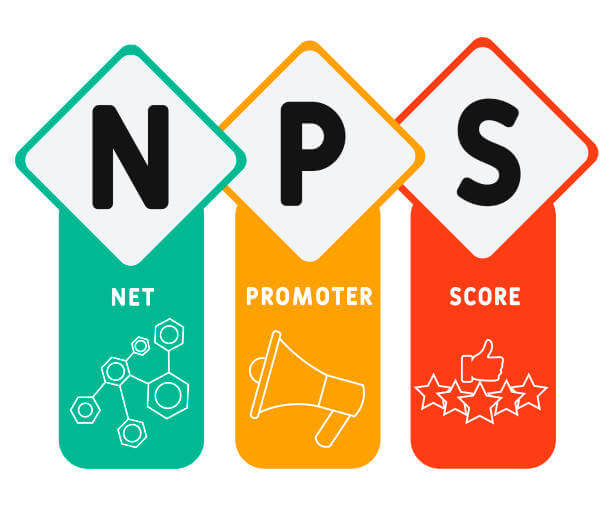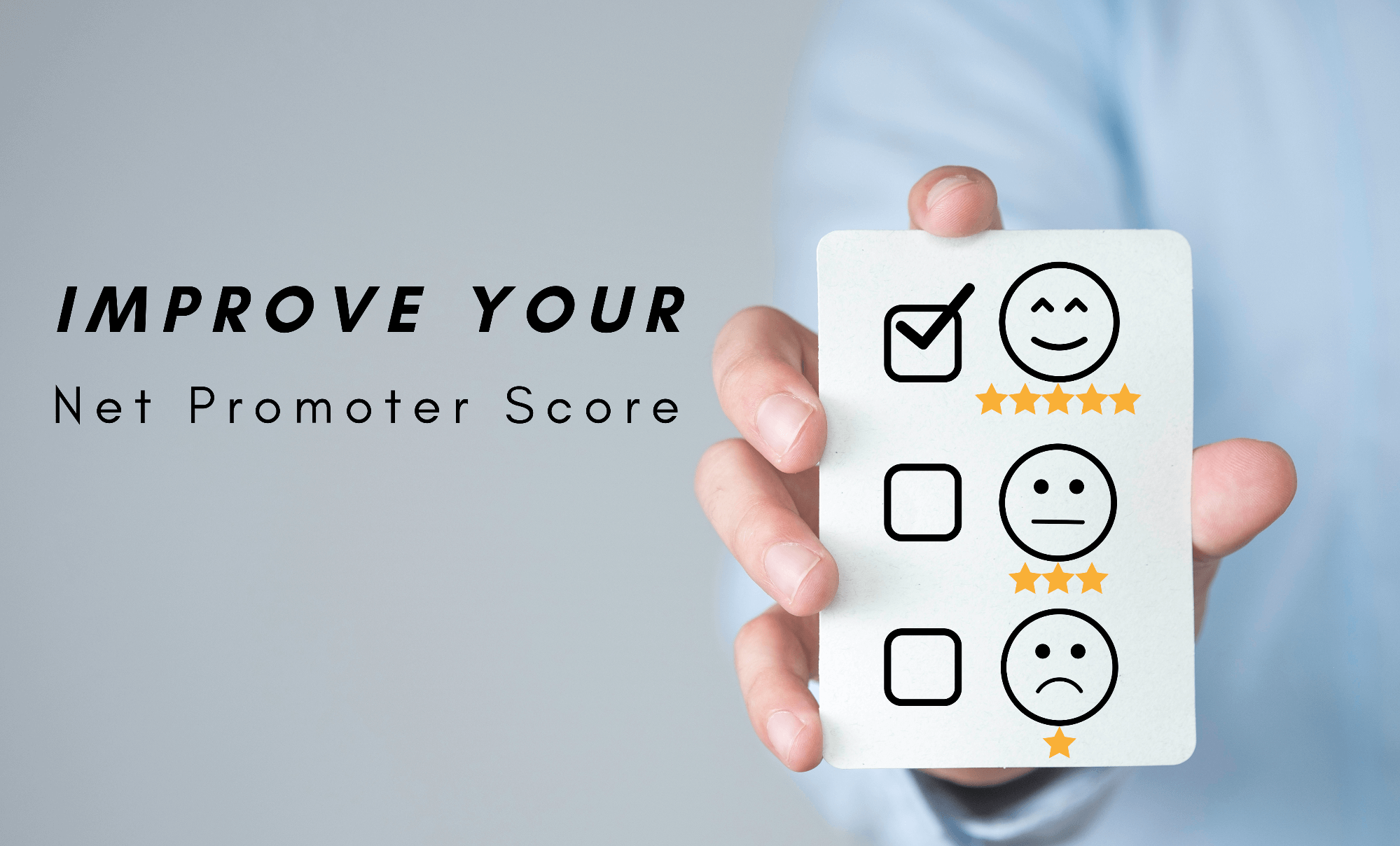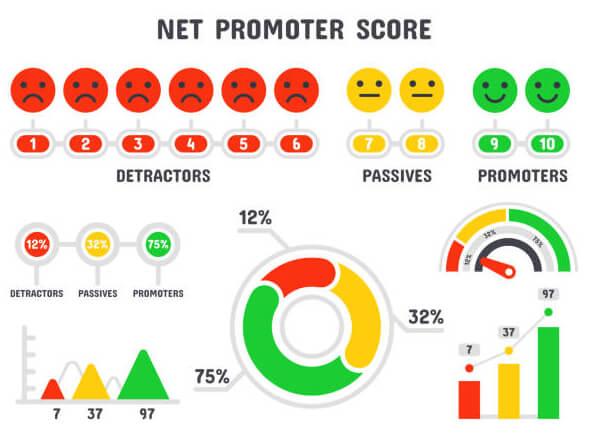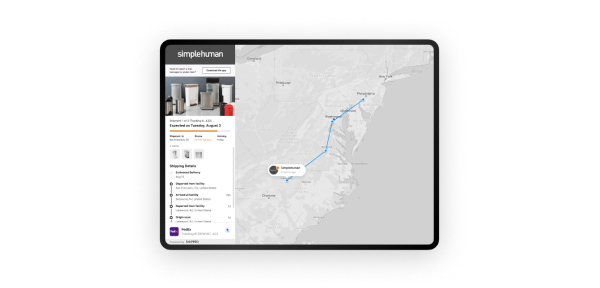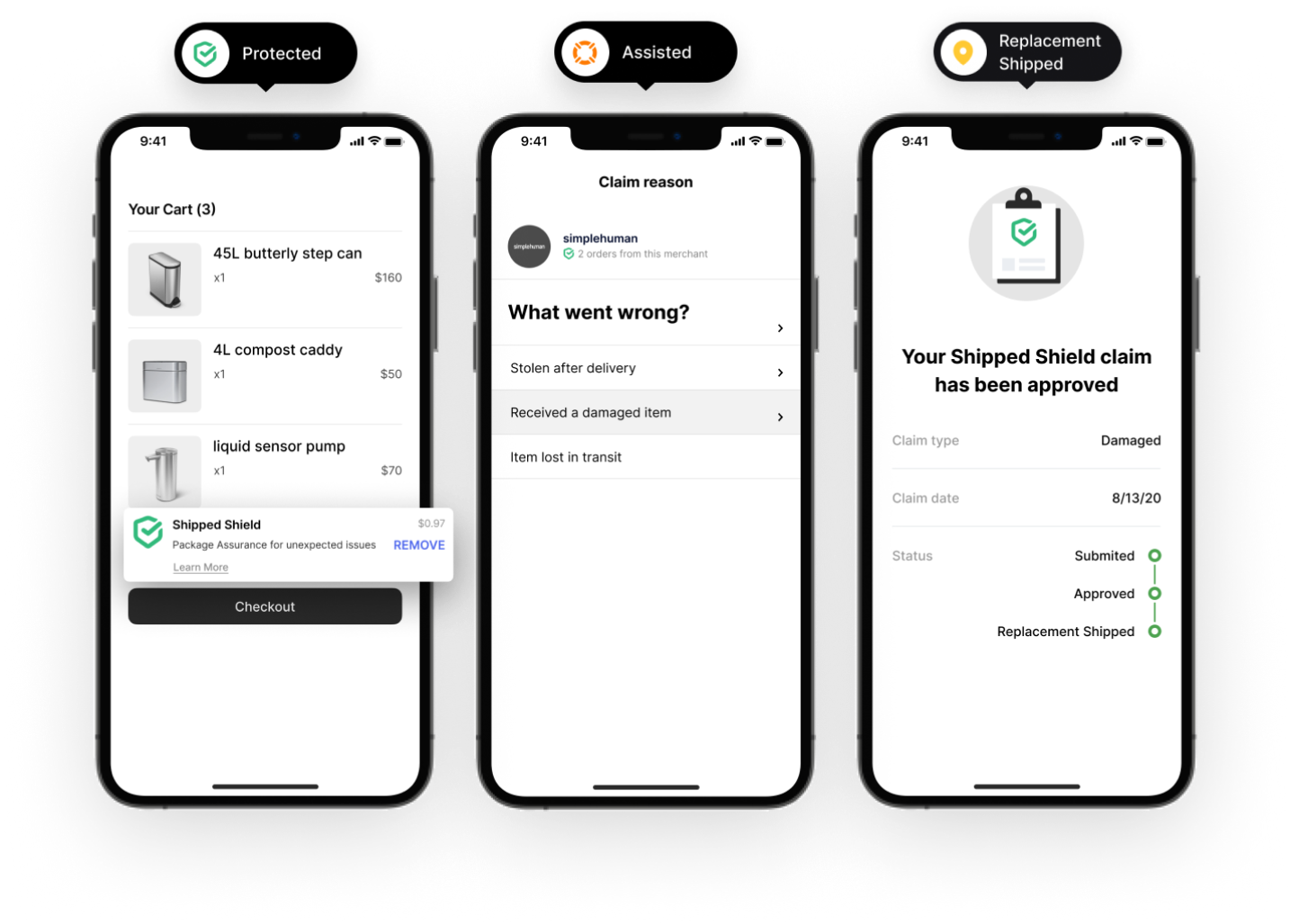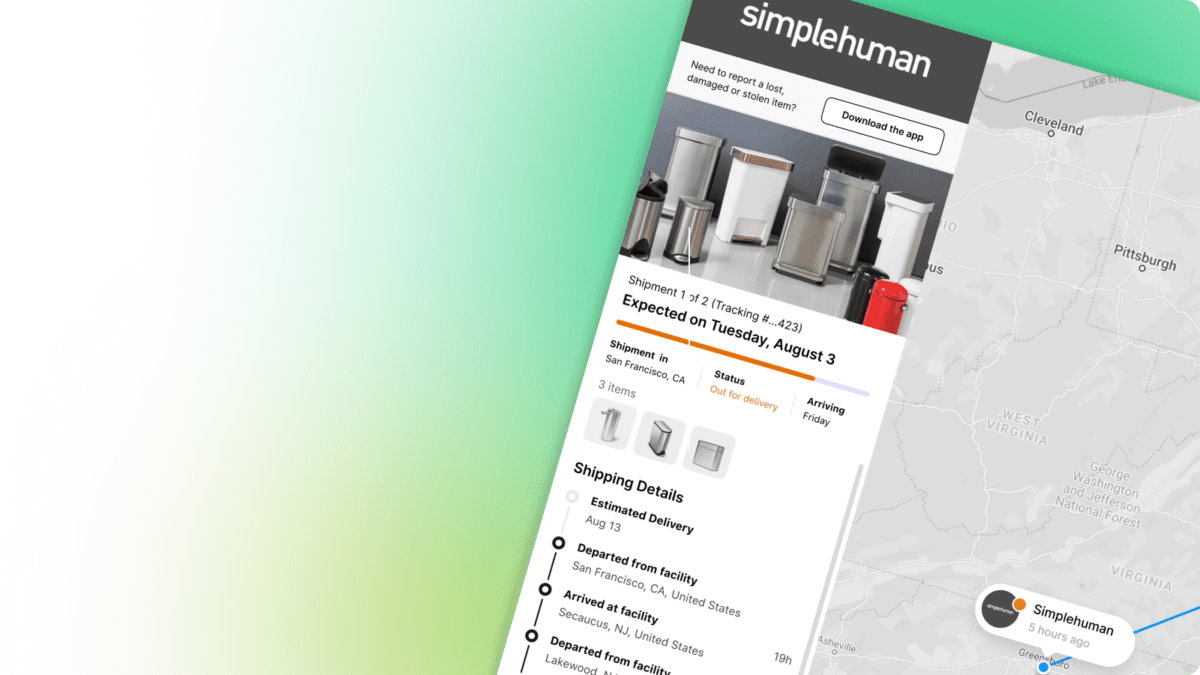How to Build Customer Loyalty: A Comprehensive Guide
Shipped
on
May 26, 2023
Customer loyalty is an invaluable asset in any business. It helps keep existing customers happy and encourages them to come back for more while also increasing the likelihood that they’ll recommend your products or services to friends and family. Building customer loyalty isn’t always easy, but it can be done with a little effort and strategy.
Consumers that are loyal to brands tend to linger longer, purchase more products or services, be less sensitive to price increases, and provide valuable feedback about their experiences. Building your brand loyalty and establishing relationships with customers that are based on trust can have a huge impact on your bottom line. Here’s a comprehensive guide to help you do exactly that.
What Is Customer Loyalty & Why Is It Vital To Your Success?
Brand loyalty refers to customers’ strong and unwavering attachment and preference toward a particular brand. It goes beyond mere satisfaction or repeat purchases and involves an emotional and psychological connection between the customer and the brand.
Brand-loyal customers consistently choose the brand over competitors, even when faced with alternative options. They trust the brand, positively perceive its quality and value, and often become brand advocates, promoting it to others. Brand loyalty is built through positive experiences, exceptional customer service, consistent product performance, and effective brand communication strategies.
Customer loyalty is vital to business success for several reasons. Loyal customers tend to make repeat purchases, even after a negative experience, providing a steady revenue stream and reducing the need for costly customer acquisition. They also tend to spend more over time, increasing customer lifetime value. Additionally, loyal customers become brand advocates, recommending the business to others through positive word-of-mouth, leading to new customer acquisition.
Building customer loyalty also fosters a competitive advantage, as loyal customers are less likely to switch to competitors. Moreover, loyal customers provide valuable feedback and insights, enabling businesses to improve products, services, and overall customer experience. Overall, customer loyalty drives sustainable growth, profitability, and brand reputation.
Practical Steps to Build Customer Loyalty
The journey to building customer loyalty starts with understanding who your customers are and why they choose you. This can be achieved through market research, surveys, feedback forums, and conversations with customers.
Once you’ve identified your target audience and the factors that make them loyal to your brand, it’s time to implement meaningful strategies tailored to each customer’s individual needs and preferences. Here are some practical steps you can take to foster loyalty:
1. Offer Excellent Customer Service
Great customer service plays a pivotal role in building customer loyalty. By providing exceptional service, businesses create positive experiences that leave customers satisfied and valued. Customers who receive prompt and effective support, personalized interactions, and solutions to their problems feel a sense of trust and connection with the brand. This fosters loyalty and encourages repeat business.
Customers are more likely to remain loyal to a company that consistently exceeds their expectations, values their needs, and demonstrates a genuine commitment to their satisfaction. Exceptional customer service is a powerful tool to build lasting relationships and create loyal brand advocates. In offering top-tier customer service, focus on these areas of your business:
- Responsive Support: Ensure your support team responds promptly to customer queries and complaints. This will help customers feel appreciated and heard rather than neglected.
- Personalization: Make customers feel special by personalizing interactions with them. Providing tailored recommendations, customized discounts, and personalized messages are effective ways to make each customer unique.
- Multiple Support Channels: Offer multiple support channels like email, phone, live chat, and social media. This will make it easier for customers to reach you and simplify their experience.
- 24/7 Support: Depending on the size and reach of your business, consider providing 24/7 customer support. This will ensure that customers can reach out to you at any time, no matter what hour of the day it is.
- Well-Trained Staff: It is important to ensure that your customer service personnel receive sufficient training and possess adequate knowledge regarding your products or services. This will aid them in providing improved customer service and in facilitating customer access to necessary information.
Great customer service is a catalyst for brand loyalty. When customers consistently receive excellent service, it fosters a strong emotional connection with the brand. By providing personalized attention, prompt resolution of issues, and going above and beyond to meet customer needs, businesses create positive experiences that leave a lasting impression.
Satisfied customers are more likely to become loyal advocates, recommending the brand to others and repeatedly choosing it over competitors. Brand loyalty is built on a foundation of trust, reliability, and exceptional customer service. Businesses can cultivate a loyal customer base that drives long-term success by prioritizing customer satisfaction.
2. Create a Loyalty Program
Loyalty programs are an effective way to encourage repeat purchases. Creating a loyalty program can significantly foster customer loyalty. Businesses incentivize repeat purchases and engagement by rewarding customers for their continued patronage. Loyalty programs can offer exclusive discounts, personalized offers, early access to new products or services, or points-based systems that can be redeemed for rewards.
These benefits make customers feel valued and appreciated, creating a sense of loyalty and encouraging them to choose the brand over competitors. Loyalty programs also allow businesses to gather valuable customer data and insights, enabling them to personalize future offerings and enhance the overall customer experience. A well-designed loyalty program can ultimately strengthen customer loyalty and drive long-term customer retention. When creating a loyalty program, here are a few options to consider:

- Reward Points: Implement a system where customers earn points for every purchase, which can be redeemed for discounts or special perks. Reward points create a sense of loyalty and encourage customers to continue buying from the brand.
- Referral Program: Offer incentives for customers who refer friends and family to the business. This will help grow your customer base and build a deeper connection with existing customers.
- VIP Programs: Leverage VIP programs to reward your most loyal customers with exclusive benefits such as discounts, early access to products, or personalized customer service. VIP loyalty programs help increase customer lifetime value and create a sense of belonging for your most loyal customers.
- Tiered Rewards: Consider a tiered rewards system where customers unlock more benefits as they make more purchases. With this system, customers can earn rewards like gift cards, access to exclusive events, or discounts on future purchases.
- Social Media Engagement: Social media is becoming an increasingly important part of customer loyalty programs. By engaging with your loyal customers on social media, you can show them that you value their feedback and encourage them to spread the word about your business. Consider running contests and offering exclusive discounts to your most active followers on social media.
Loyalty programs create a sense of community and emotional connection with customers, fostering brand advocacy and positive word-of-mouth. Ultimately, these programs drive revenue growth, increase customer lifetime value, and help businesses stay ahead in competitive markets.
3. Personalize the Shopping Experience
Personalizing the shopping experience is a powerful strategy that cultivates brand loyalty. By tailoring offerings and communications to individual customers, businesses create a sense of exclusivity and relevance. Personalization goes beyond addressing customers by name; it involves understanding their preferences, purchase history, and browsing behavior.
Through personalized recommendations, customized promotions, and targeted content, businesses create a unique and tailored experience that resonates with customers on a personal level. This fosters a deeper emotional connection, enhances customer satisfaction, and increases the likelihood of repeat purchases. Personalization builds trust, strengthens brand loyalty, and generates positive word-of-mouth, leading to long-term customer relationships and sustained business success. The best ways to personalize your customers’ shopping experience are:
- Product Recommendations: Use customer data to recommend products tailored to each customer’s preferences. Personalized recommendations help customers find products they’ll love faster.
- Custom Promotions and Discounts: Deliver unique discounts and customer loyalty programs tailored to each customer’s purchase history.
- Personalized Communications: Use email segmentation to deliver personalized messages to specific groups of customers based on their interests or buying habits. This helps build stronger relationships with individual customers.
The goal of building customer loyalty is to create a strong connection between customers and your brand. Customers who feel deeply connected are more likely to shop with you repeatedly. To reach this goal, it’s important to deliver a comprehensive loyalty program that follows these three steps:
4. Prioritize Quality and Consistency
Customers appreciate quality and consistency. Make sure the products you offer are of the highest quality or at least as close to perfect as possible. Provide a consistent experience across all channels – in-store, online, customer service, etc.- so that customers easily engage with your brand. The number one area to focus on is quality control.
Quality control should be a top priority in any business, especially regarding customer loyalty. When customers see that you’re paying attention to the details and taking quality control seriously, they will be more likely to trust your brand and become loyal.
Implement rigorous quality control processes to prevent defective products. Offer customers a warranty on their purchases, so they can feel secure in knowing they have protection if something goes wrong. Make sure your customer service team is adequately trained and well-equipped to handle all customer queries and complaints. Regularly auditing your products and services will ensure that you’re consistently delivering the highest possible quality.
In terms of consistency, customers gravitate toward branding and messaging that is consistent across all channels. Unfocused or inconsistent branding can make your business seem disorganized and untrustworthy. Create a brand guide to ensure that all messaging is consistent across different channels and platforms, or hire a professional marketer who can help you create a unified customer experience.
5. Request and Act on Customer Feedback
Seeking customer feedback is a great way to learn more about your customer and understand their needs. Incorporating customer feedback into your marketing strategy can help you create custom experiences that appeal to different target audiences.

By asking for customer feedback, you can create a win-win situation. Customers benefit from having their voices heard and giving input into the development of products or services, while your brand benefits from customer insights that guide product innovations and marketing campaigns. Working to request feedback from your customer base will involve the following:
- Surveys and Reviews: Regularly survey your customers and encourage them to leave reviews. Surveys can be used to measure customer satisfaction and loyalty, while reviews give you an insight into how customers feel about your product or service.
- Acting on Feedback: Show your customers that you value their feedback by acting on it and improving your products or services accordingly. This will show customers that your brand is listening and striving to provide them with the best experience possible.
Customer feedback surveys are an effective way to collect valuable insights from customers, but be sure that the survey is not too long or burdensome for customers. You can also use social media channels to reach out to customers and encourage them to provide feedback.
Ensure you act upon customer feedback and make necessary changes so customers feel heard and appreciated. Giving customers a voice in developing products or services can help create loyalty among your target audience.
6. Provide Value Beyond the Product
Providing value is the golden rule of customer loyalty. A great way to show your customers that you value them is by offering perks, discounts, and exclusive offers. Customers love feeling special and knowing that they are appreciated – a simple way to make this happen is by giving them something extra for being loyal to your business.
Offering value that extends beyond the simple transaction of buying a product is a great way to ensure customer loyalty. This can come in the form of advice, expert tips, and even personalized discounts based on individual needs. Here are the best ways to add value for your customers:
- Educational Content: Provide useful content related to your products, such as how-to guides or blog posts. This can help customers get the most out of their purchase and become more knowledgeable on a particular subject.
- Community Building: Foster a sense of community among your customers through forums, social media groups, or events. This is a great way to build relationships and loyalty with customers.
- Interactive Experiences: Make the customer experience more engaging by creating interactive activities such as videos, podcasts, or webinars. These can help customers feel more connected to your brand and product.
Final Thoughts
Building customer loyalty is about creating an experience that customers can rely on. With the right strategies in place, you can create a strong base of repeat customers who are loyal to your brand for years to come. Be sure to regularly assess how your current efforts are working and adjust accordingly. Your focus should be on providing your customers with an exceptional experience every time they interact with you. With a comprehensive approach, your customers will be sure to remain loyal for years to come.


